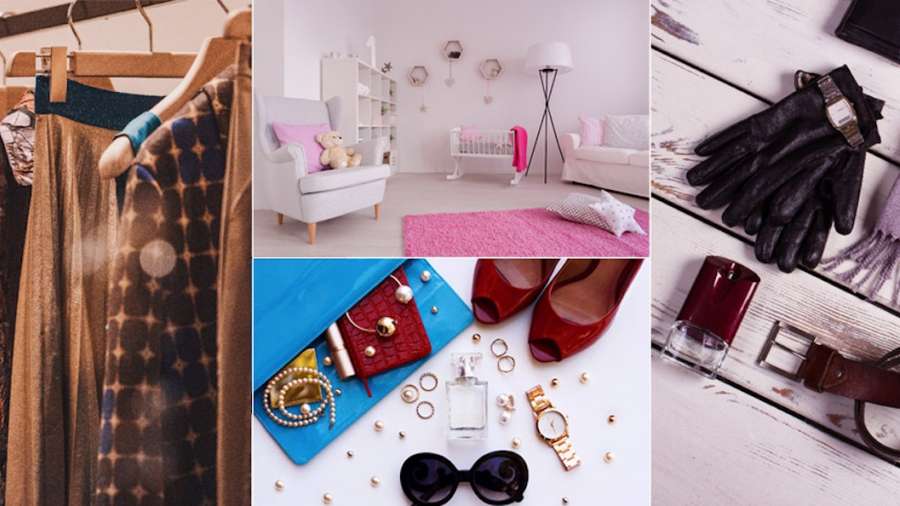Perspectives on Under Armour in 3D - Making All Athletes Better
In May 2017, the 3D Retail Coalition (3D.RC) hosted a webcast with Under Armour on 3D body imaging. Here are some key takeaways from this webcast.
Under Armour’s Mission
The 3D.RC’s May 2017 webinar included a presentation by Under Armour executives Jami Dunbar, VP of Apparel Manufacturing, and Lisa Struble, VP of Technical Design. Under Armour’s mission is “Making All Athletes Better,” and they explained how using 3D for apparel design and development supports this goal.
The journey began with the Winter 2015 season when the entire Women’s line was redesigned 60 days before the sales meeting. With no time for sales samples, Under Armour partnered with Optitex to develop 300 virtual style/colors using 3D technology in a mere three weeks, and they never looked back.
As Under Armour strives to be innovative throughout all areas of their business, moving towards 3D technology was a natural fit. By using Optitex and Lighthouse Innovation Hub, they develop digital product samples and leverage body scanning technology to create avatars of different body shapes and sizes for fit testing as well as motion simulation testing. Now sales meetings focus on validation of styles that have already been seen whereas before, sales meetings were the first time samples were seen. To Under Armour, 3D should be the standard, not the exception.
Several benefits have been realized from this shift to 3D technology: speed to market, a better fit, and cost savings.
Speed to Market
3D technology can expedite the traditional iterative approach to developing a prototype. The legacy approach was immensely physical and included many rounds of receiving product samples, providing feedback, and waiting for new samples before the prototype was complete. With 3D technology, products can be seen on an avatar quickly and design decisions such as color, silhouette, print/pattern/yarn-dye, and artwork placement and scaling can be made before even seeing a physical sample. Because many of these design decisions are made early, physical prototypes are used mainly to validate physical execution and garment movement. This faster process greatly decreases the time it takes to go to market with new products.
A Better Fit
A big part of “Making All Athletes Better” is in the fit of athletic performance garments. Under Armour leverages 3D technology to enhance fit by using two avatar types: body scanned avatars and parametric avatars. Body scanned avatars are generated from scanning an actual human body; they have thousands of measurements and are used for custom products and fits. Parametric avatars have moveable shapes and poses, but have difficulty capturing volume. Volume is critical when trying to fit apparel to athletes with different body shapes, in order to offer consistent sizes across sport categories.
Using 3D avatars provides a better fit to consumers in several ways. First, creating avatars of a disparate group of people self-identifying in one size has enabled Under Armour to understand the different measurements that fall within a specific size. Data surrounding these avatars can be used to identify potential expansions of sizes such as tall, petite, straight or curvy, as well opportunities for design modifications that would benefit the entire group of users.
Additionally, body scans from various types of athletes have been compared against standard avatars to determine how the body of an athlete may change depending on the sport he or she plays. Consider the shape of a distance runner versus a rugby player; both may be a size medium, but their shapes are quite different, as is their expected fit. One customer shopping across categories expects consistency in sizes, so Under Armour works with sport-specific avatars to understand how different customer shapes fit into new products. New product samples are virtually draped onto the corresponding sport avatar to show sizes fit across sports categories.
Finally, avatars from body scanning can be used to ensure that proper fit is supplied for all sizes, including extended sizes. Traditional Grade Rules capture bodies getting smaller or larger relative to the base size, but they do not capture where bodies hold volume or how shapes differ across size ranges. Volumetric avatars enable Under Armour to address fit across the entire size range – from the smallest to the largest – and ensure a great fit is achieved for every size customer.
Costs Savings
There are significant areas for costs savings using 3D technology for apparel design. Under Armour typically receives hundreds – if not thousands – of each product in their complete size range for sales meetings. These prototypes are not only costly but also wasteful. 3D technology eliminates the need for over half of the prototypes that were once required. By utilizing large electronic boards, they can digitally display the products in the various designs and sizes at their sales meetings. Additionally, prototypes are not required for the entire size sets, particularly for known sizes, and products can be digitally viewed on the corresponding avatar.
You can download the slides from the webinar, and learn about how to join the effort, at the 3D.RC website.
About the 3D.RC
The 3D Retail Coalition (3D.RC) is a collaborative group of global retailers and brands, working together to advance 3D technology for apparel, accessories, and footwear retailers/manufacturers. Our mission is to provide resources and networking opportunities to help members unlock and accelerate the potential value of 3D visualization and virtualization, while maximizing positive impact within their organizations.
The group is open to any retailer/brand currently using (or planning to use) 3D technology.


